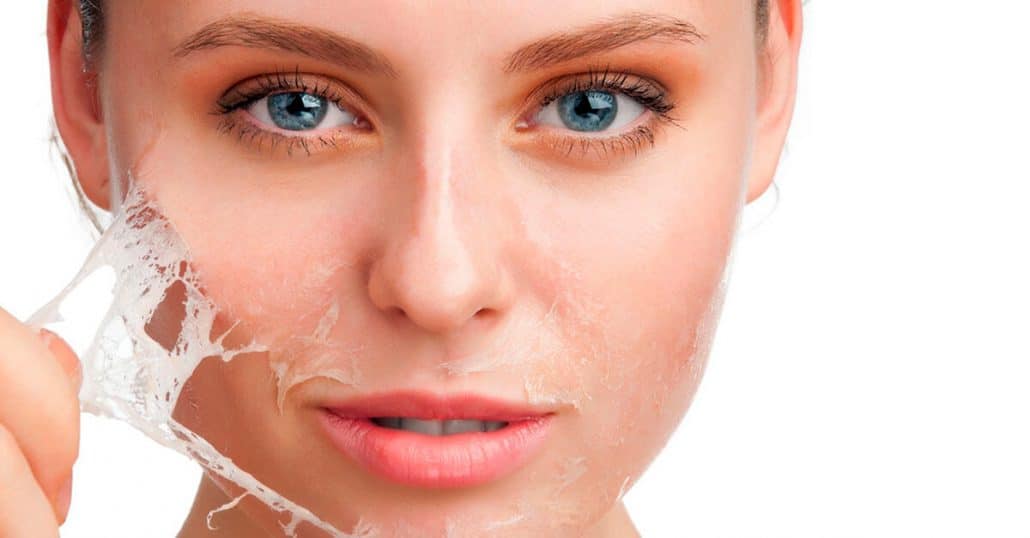More Than Skin Rejuvenation
WHAT IS A CHEMICAL PEEL?
The procedure known as a Chemical Peel has been around for quite some time; originally pioneered as a treatment by Ferdinand Hebra, the father of topical dermatology, in the mid-1800’s, the first instances in history of the use of exfoliative agents to keep skin outwardly younger can be traced as far back as ancient Egypt. It is no wonder then that the procedure has become quite commonplace as an option to treat aging skin as well as blemishes. However, its uses go well beyond that, extending into scar removal and the treatment of certain kinds of hyperpigmentation. Today, a variety of different chemical solutions are available for chemical peels, each with different effects and ideal applications, and with chemical peel cost logically varying based on the treatment type.
CHEMICAL PEEL BEFORE AND AFTER GALLERY
The effectiveness of chemical skin peels is considerably high due to the very nature of the treatment itself and how it works. The procedure involves the application of a chemical solution onto the skin with varying degrees of intensity and depth as required for the specific condition being treated, the purpose of which is generally that of prompting the production of new skin cells. These newly produced skin cells replace the old and damaged cells, effectively lessening if not completely eliminating the skin imperfection.
Results can often be dramatic, with patients often finding their new look staggering to behold at first, but even in cases where progress must be made at an incremental pace for better results, the changes are immediate and definitely noticeable.
WHAT KINDS OF CHEMICAL PEEL ARE THERE?
As we mentioned earlier, Chemical Skin Peels vary on what chemical solutions are utilized for treatment, with certain chemicals being better suited for some treatments than others. Additionally, the depth or profundity of the treatment itself, that being how deep the chemical agent is allowed to act on the patient’s skin, also changes based on the what issue is being treated. Let us take a look at the different chemical solutions and how they are generally applied:
AHA or alphahydroxy acid (glycolic acid or lactic acid) and BHA (salicylic acid)
These solutions are generally applied to patients with minimal sun damage who want to have fresher, younger looking skin, so the depth is light or superficial. The procedure is quite short (around 30 minutes) and gives patients little to no discomfort (slight itching may be experienced). This particular kind of peel allows patients to return to their habitual daily activities right away, with possible side effects being redness, dryness, and some period for a handful of days. Bear in mind that if you choose a light chemical peel, you may want to make it a part of your skin care routine, making sure you have chemical peel sessions are recommended by your dermatologist. Light peels such as these are normally used to treat dryness, acne, uneven pigmentation, and fine wrinkles.
TCA (trichloracetic acid) and Jessner’s Peel (dihydroxy-benzene, salicylic acid and lactic acid in an ethanol base)
These chemical solutions are used for light to medium depth peels, generally for the treatment of acne scars, deeper wrinkles, and uneven skin color (hyperpigmentation). These solutions work at a deeper level and therefore take a little longer per procedure (from 30 minutes up to an hour). Patients may experience some discomfort usually in the form of a stinging sensation. Side effects generally include some swelling and irritation, with the slight possibility of oozing and scabbing that will normally be gone within two weeks. With some of these medium depth peels it may also be wise to include them as part of your skin care regimen, with the frequency of procedures up to your dermatologist’s discretion.
Phenol (Croton Oil or Baker’s Peel)
This chemical solution is rather strong and designed for deep skin remodeling. Prescribed only for particularly problematic issues or more extensive procedures, this requires that the patient be put under general anesthesia, and the procedure itself takes well over an hour. While the results with deep peels like Phenol are the most dramatic, lasting for years, the healing period for it and the discomfort after the procedure are considerable for patients. Swelling, oozing skin, and scabbing are common side effects, with redness of the skin often remaining for months. This type of procedure is only done once and subsequent applications of a peel are restricted to particularly treatment-resistant areas not corrected during the initial application. It must be kept in mind by the patient undergoing such a procedure that given the long healing period deep peels are the most prone to complications after the fact, such scarring and unwanted skin pigmentation changes. For this reason, the procedure is not recommended for people with darker skin. Deep peels are generally used for very deeper facial wrinkles, sun damaged skin, deep scars and particularly blotchy skin.
GENERAL CARE & PRECAUTIONS
Care for the patient’s skin is very important after the procedure, during the healing period. Proper sun protection and consistent moisturizing of the skin are necessary to prevent any complications, as recently exfoliated skin is considerably sensitive to sunlight. Even after the peeling period, it is highly recommended that the patient continues to use strong sunscreen in order to allow for best results.
If you are considering chemical peeling and its proven results, check with Utah Valley Dermatology or your local dermatologist.



